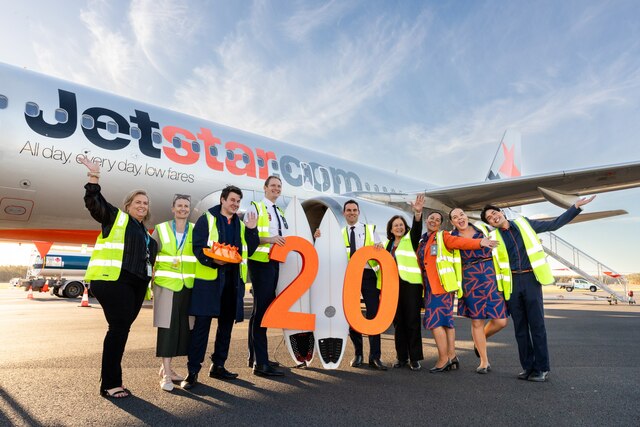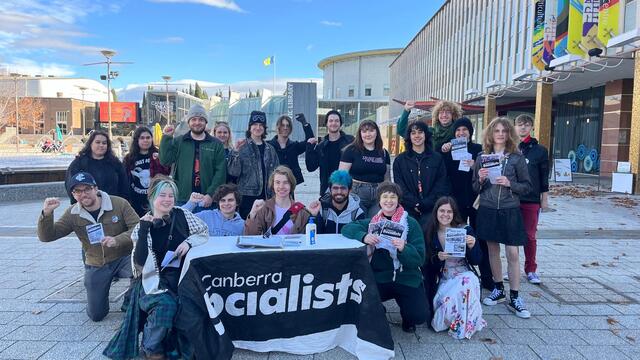An interview with Stuart Nesbitt, Climate Change Action Officer, Darebin City Council.
By Bruce Rowse*
Darebin City Council in Melbourne is on target to reduce its corporate greenhouse gas emissions by 20 per cent on 1995 levels by 2010. I interviewed him in December to find out how Council was reducing its emissions.
By how much has Darebin City Council reduced its energy use in the last year?
In the 2007/8 financial year corporate greenhouse gas emissions were reduced by 16 per cent overall, which was the equivalent of 2,900 tonnes of CO2. The reductions were achieved through our GreenPower purchase and our energy efficiency program.
What have you done to achieve these savings?
An aggressive energy efficiency program was implemented targeting the 11 top energy consuming buildings in Darebin. These 11 buildings are responsible for 80 per cent of the energy used by Council buildings. Projects included delamping and improving the efficiency of office and security lighting, placing timers on high consumption appliances such as hot water urns, printers and IT equipment, hot water ring main pumps, and so forth.
Other high profile initiatives included removing electric floor heating from maintenance workshops and replacing it with radiant gas heating, changing air conditioning run times, optimising air conditioning systems, solar hot water installation, upgrading inefficient heat pump air conditioners, and installing pool covers at aquatic centres.
Looking at your saving, what percentage of this has come from investment in new technology, and how much has come from just using the equipment you already have in a more energy efficient manner?
I would say over 80 per cent of the savings achieved from the energy efficiency program have come from being smarter about the way we operate the Council buildings using existing energy efficiency methodology and principles. For example, optimising an existing air conditioning system to run more efficiently without any mechanical upgrades can potentially save 30 per cent of the energy required for very little cost.
What has your return on investment been?
Our return on investment threshold was set at 15 years. However, calculated in the last financial year, it has been an impressive 3.4 years.
What is the key reason for your successful carbon reduction?
Identifying low cost high return energy efficiency initiatives (the low hanging fruit), then implementing the initiatives.
What is the level of commitment of senior management to reducing Darebin City’s carbon footprint?
Impressive! The ambitious greenhouse gas reduction target set by Council with its 2007 Climate Change Action Plan has meant that a strong commitment
to reducing Council’s corporate carbon footprint is
of high priority. We also have a Greenhouse Steering Group, which is a high level forum with four of Darebin’s six General Managers represented.
What would your advice be to other councils wishing to reduce their carbon footprint?
Adopt a greenhouse reduction target and an energy hierarchy placing energy conservation and efficiency as the highest of priorities; then switch to renewables; and lastly, offset only the residual emissions once all other energy efficiency measures have been exhausted.
In terms of rolling out an effective energy efficiency program, getting higher management support; setting up good data tracking; developing or recruiting inhouse staff with time to manage projects effectively; and engaging reliable consultants that have a good track record of achieving actual energy reductions.
*Bruce Rowse, energy efficiency engineer, is
Director of CarbonetiX, an engineering consultancy specialising in carbon reduction. Contact Bruce via his blog at www.carbonetix.com.au/blog







